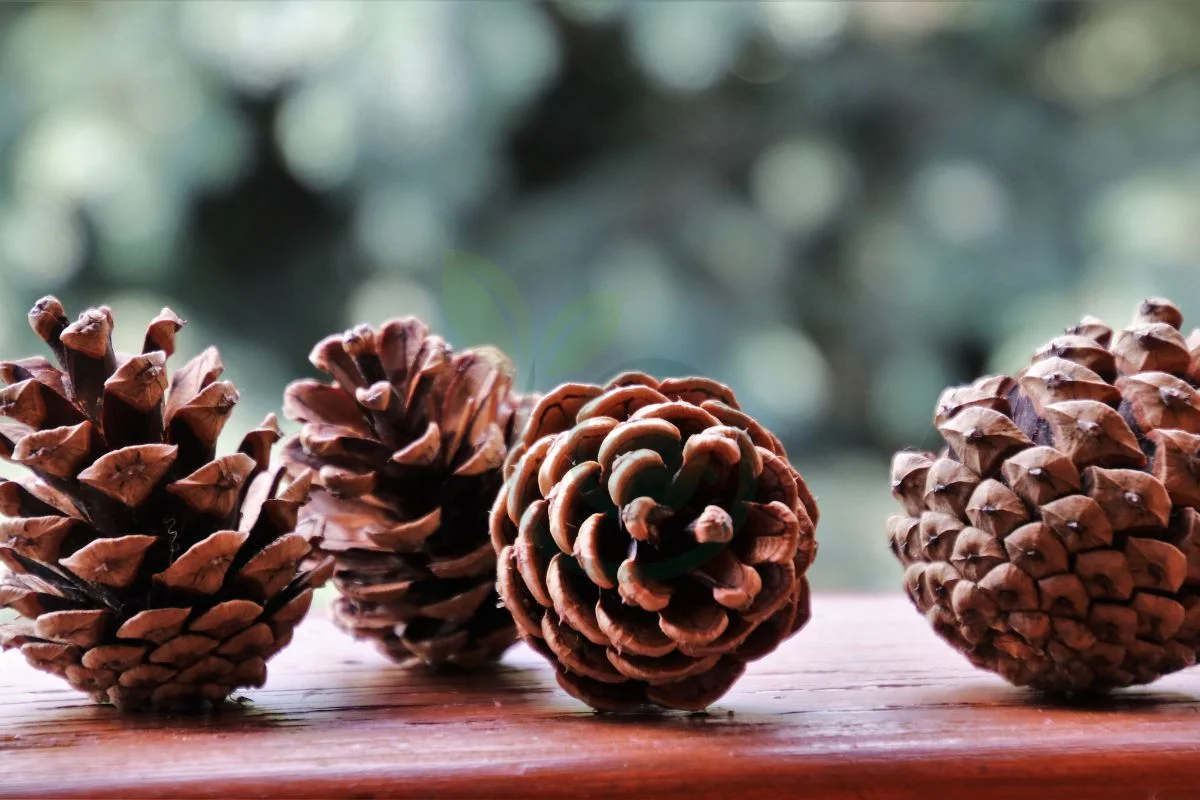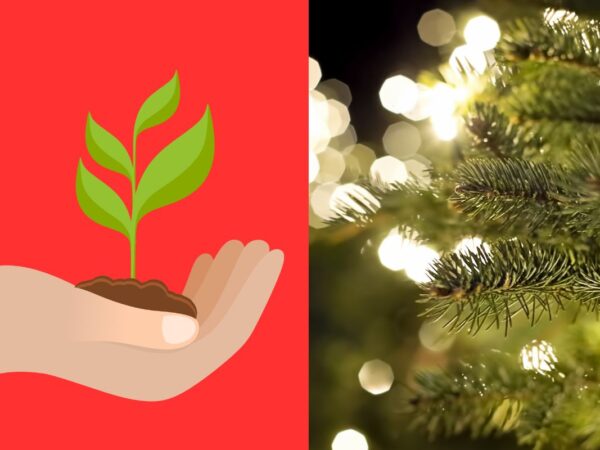Pine cones are a familiar sight, but have you ever wondered which conifers produce them? Understanding the types of conifers that bear pine cones can offer insights into various ecosystems and the diverse flora within them. From towering pines to spruce and fir trees, nature's bounty is rich with these cone-bearing conifers. Exploring this topic unveils not only the botanical aspects of conifers but also sheds light on their historical significance in human culture. Delving into the world of conifers opens a door to understanding our natural surroundings and appreciating their unique contributions.
Key Takeaways
- Identify coniferous trees: Look for trees with needle-like leaves and cones, which are characteristics of coniferous trees that produce pine cones.
- Understand pine cone growth: Learn about the life cycle of pine cones, from their initial development to the release of seeds, to appreciate the role they play in the reproduction of coniferous trees.
- Recognize the purpose of pine cones: Understand that pine cones protect and disperse seeds, contributing to the survival and proliferation of coniferous tree species.
- Be aware of pine cone seasonality: Take note of the seasonal patterns when pine cones mature and release seeds, which can vary depending on the species of coniferous tree.
- Explore practical uses: Consider utilizing pine cones for decorative, crafting, and practical purposes, such as fire starters or natural bird feeders, to make the most of these natural resources.
- Engage in pine cone science: Embrace opportunities to study the ecological significance of pine cones, including their role in forest ecosystems and their adaptation to environmental conditions.
Identifying Coniferous Trees
Pine Species
Pine cones are produced by over 100 different species of conifers. The size and shape of pine cones vary among different pine species, such as the long, slender cones of the Eastern White Pine or the large, heavy cones of the Coulter Pine. Each pine species has distinct characteristics that set its cones apart from others. For example, the Sugar Pine produces some of the longest and heaviest pine cones in the world.
Spruce Varieties
Spruce trees produce unique cylindrical-shaped cones that dangle down from their branches. Different spruce varieties yield cones of varying sizes and colors; for instance, Norway Spruce bears long, reddish-brown to purple cones while Colorado Blue Spruce features smaller bluish-purple ones. These variations make it possible to identify different spruce trees based on their cone characteristics.
Fir Types
Fir trees bear upright, cylindrical cones that disintegrate at maturity to release their seeds. Various fir types produce cones with resinous scales which can help distinguish one type from another; for instance, Balsam Fir's dark purple-tinged green or yellowish-green erect cones, or Fraser Fir's purplish-blue ones.
Cedar Classifications
Cedar trees produce small barrel-shaped cones, each with a specific scent profile distinctive to its classification - whether it is Red Cedar with its tiny blue berries-like spherical fruits or Incense Cedar featuring egg-shaped woody brown female strobili (cone). These differences in appearance and scent help classify cedar tree varieties accurately.
Pine Cone Growth and Development
Lifecycle Stages
Pine cones, which are commonly found on coniferous trees, start their life as small buds on the branches. As they mature, these cones undergo noticeable changes in both color and texture. Once fully developed, the cone releases its seeds before eventually falling from the tree to continue its lifecycle on the ground.
Different species of trees have unique characteristics. For example, some trees might produce larger or smaller cones than others. Variations in color and shape can also be observed among different types of coniferous trees.
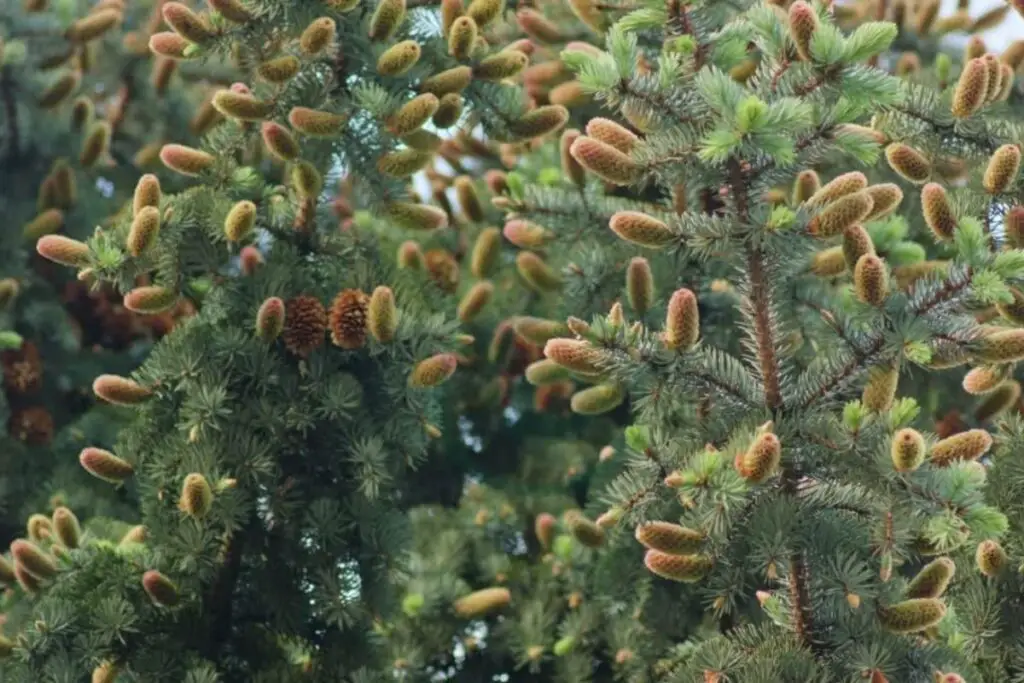
Seasonal Patterns
The growth and development of pine cones typically occur during the spring and summer months when conditions are most favorable for this process. However, it's important to note that certain tree species may exhibit seasonal variations in their cone production based on their specific environmental requirements.
During fall is when many coniferous trees release their matured pine cones as part of their seed dispersal mechanism. This natural process allows for new tree growth while ensuring genetic diversity within a particular area or ecosystem.
Environmental Factors
Environmental factors play a crucial role in influencing the development of pine cones. Elements such as sunlight exposure and soil moisture levels can significantly impact how these structures grow and mature on different types of coniferous trees.
Moreover, diverse climates contribute to the unique characteristics displayed by various species' pine cones. Trees that thrive in mountainous regions may produce slightly different looking cones compared to those growing near coastal areas due to adaptation to specific environmental conditions.
The Purpose of Pine Cones
Seed Protection
Pine cones play a crucial role in protecting tree seeds from various environmental challenges. The scales of a cone act as shields, safeguarding the seeds from harsh weather conditions such as extreme heat, cold, or drought. This protection ensures that the seeds remain viable and have a better chance of germination when conditions are favorable. For instance, during hot and dry periods, the tightly closed scales of some pine cones prevent the seeds from drying out or being damaged by excessive sunlight.
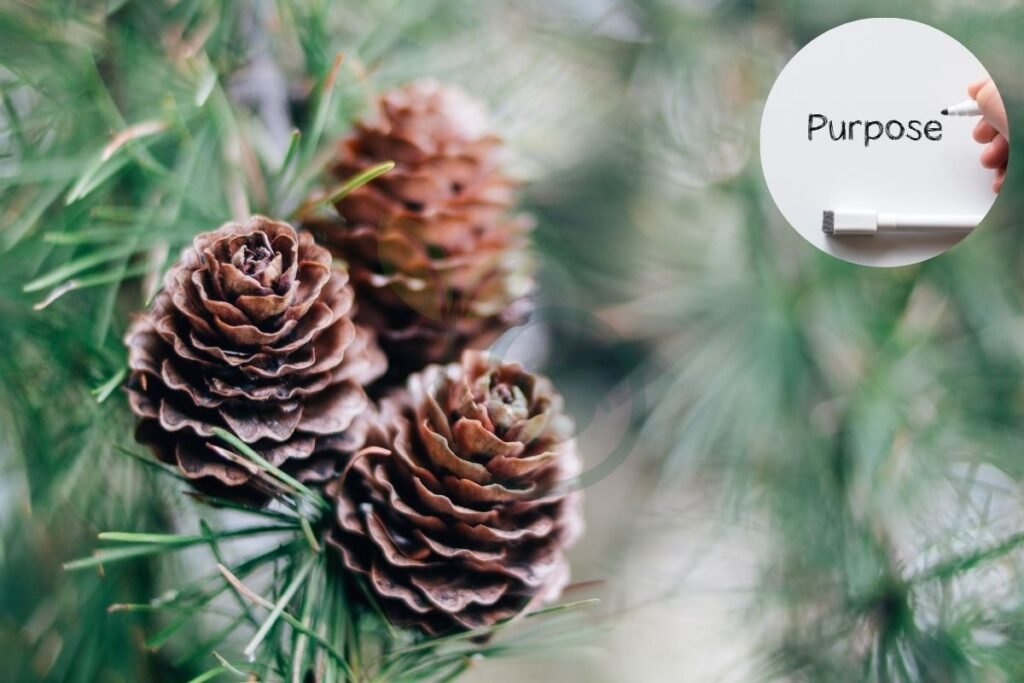
In addition to shielding against environmental factors, certain pine cones require external forces for their seeds to be released and begin germination. These forces can include fire or intense heat which causes the cones to open up and disperse their seeds onto the ground below. This mechanism allows new seedlings to take root in areas where existing vegetation has been cleared by natural wildfires or controlled burns conducted by forest management teams.
Dispersal Mechanisms
The dispersal of tree seeds is vital for ensuring genetic diversity within forests and enabling trees to colonize new areas. Wind serves as a primary agent for dispersing seeds from open-coned trees like pines. As wind blows through a forest, it carries lightweight seeds away from their parent trees, facilitating their distribution over long distances. This process helps reduce competition among closely related trees growing near each other while aiding in populating new territories with diverse genetic material.
Moreover, animals also contribute significantly to seed dispersal through pine cones. Small mammals like squirrels often feed on mature cone seeds before burying them underground for later consumption. Inadvertently, these animals become agents of seed dispersion as they forget some stored caches or fail to retrieve all buried nuts or acorns—resulting in potential growth opportunities for forgotten tree species.
Furthermore, water plays an essential role in transporting certain cone seeds near aquatic environments such as riversides or lakeshores where they can germinate and establish themselves along riparian zones.
Pine Cone Seasonality
Harvest Times
Harvesting mature pine cones usually occurs in late summer or early fall. This timing allows the cones to fully develop and reach their peak seed maturity. Different tree species may have varying optimal harvesting times based on their specific lifecycle stages. For example, while some trees might yield mature cones during early autumn, others could be ready for harvest later in the season. The importance of proper timing lies in ensuring high-quality seeds for propagation or commercial use.
Optimal Conditions Trees producing pine cones typically thrive in well-drained soil and full sunlight. These conditions are crucial for healthy growth and abundant cone production. Other cone-bearing trees also require specific environmental factors to produce an ample supply of cones. For instance, certain tree species might necessitate particular temperature ranges and soil pH levels to flourish and bear a significant number of cones.
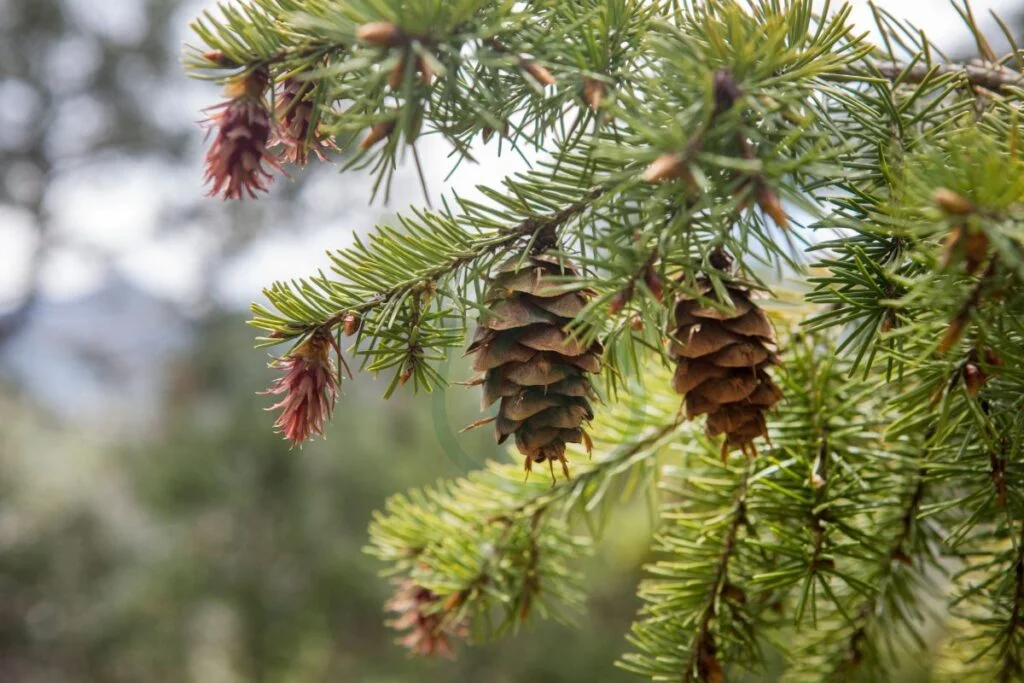
Providing optimal care is essential for promoting healthy growth and maximizing cone production across various tree species. By understanding the unique requirements of different types of cone-bearing trees, individuals can create suitable environments that support robust growth and bountiful cone yields.
Practical Uses of Pine Cones
Gardening Applications
Pine cones serve various purposes in gardening. Gardeners often use them as natural mulch to retain moisture, suppress weeds, and enrich the soil. As the cones decompose, they release nutrients into the ground, contributing to composting and soil enrichment. Different tree species produce distinct types of pine cones that add aesthetic value to gardens when used for landscaping or craft projects.
For instance, gardeners might utilize large sugar pine cones for creating centerpieces or wreaths, while smaller spruce or fir cones can be incorporated into potpourri or floral arrangements. By incorporating a variety of cone types into their landscape designs and crafting endeavors, gardeners can achieve visually appealing results while also benefiting from the practical aspects of using pine cones in gardening.
Wildlife Support
Cone-bearing trees play a crucial role in supporting wildlife by providing food and shelter. Birds such as crossbills rely on specific cone shapes to extract seeds with their specialized beaks. Squirrels are known for caching cone seeds during autumn to sustain themselves through winter when food becomes scarce.
Furthermore, fallen pine cones offer essential nesting material and protection for small animals like chipmunks and rabbits. These animals utilize the sturdy structure of pine cones as shelter against predators and harsh weather conditions.
Crafting with Pine Cones
Home Decor
Pine cones are versatile natural elements that add a touch of rustic charm to home decor. Dried fir, spruce, and cedar trees produce pine cones that are commonly used in wreaths, centerpieces, and holiday decorations. These cones can also be scented or painted to complement indoor decor. For instance, they can be infused with essential oils like cinnamon or vanilla for a fragrant touch. When painted in metallic colors or dipped in glitter, pine cones become elegant ornaments suitable for various interior design styles.

Crafting with pine cones offers an opportunity to bring the beauty of nature indoors while adding a cozy and inviting ambiance to living spaces. The use of these natural materials aligns with eco-friendly trends in home decor as it promotes sustainability by utilizing items found abundantly in nature.
Activities for Kids
Outdoor adventures often involve kids collecting pinecones as part of their exploration activities. Engaging children in craft projects using pinecones encourages creativity and sensory exploration as they get hands-on experience with different textures and shapes. One popular activity is creating pinecone bird feeders where kids can cover the cone with peanut butter then roll it in birdseed; this fun project not only entertains them but also teaches about wildlife support.
In addition to being enjoyable activities for children, crafting with pinecones fosters an appreciation for nature's gifts while providing opportunities for bonding between family members during creative sessions at home. It also helps develop fine motor skills through tasks such as painting or gluing small decorative elements onto the surface of the cone.
Foraging for Pine Cones
Pine cones come from various types of cone-bearing trees, such as pine, spruce, fir, and cedar. When foraging for pine cones, it's essential to consider sustainable practices. Sustainable harvesting of pinecones is crucial for supporting forest regeneration. By collecting only a portion of the available pine cones in an area, the trees can continue to reproduce and grow.
Reusing pinecones in crafts also promotes eco-friendly practices by extending the usefulness of these natural materials. Educating others about sustainable forestry and responsible collection methods helps conserve cone-bearing tree populations for future generations to enjoy. For example, you can gather fallen pine cones from the ground instead of taking them directly from living trees.
Pine Cones in Ecosystems
Biodiversity Impact
Coniferous forests are home to a variety of cone-bearing trees such as pine, spruce, and fir. These diverse cone-bearing trees create rich ecosystems that support a wide range of plant and animal species. For example, the presence of multiple cone species contributes significantly to overall forest biodiversity. This means that conservation efforts often focus on protecting habitats with abundant pine cones and other types of cones.
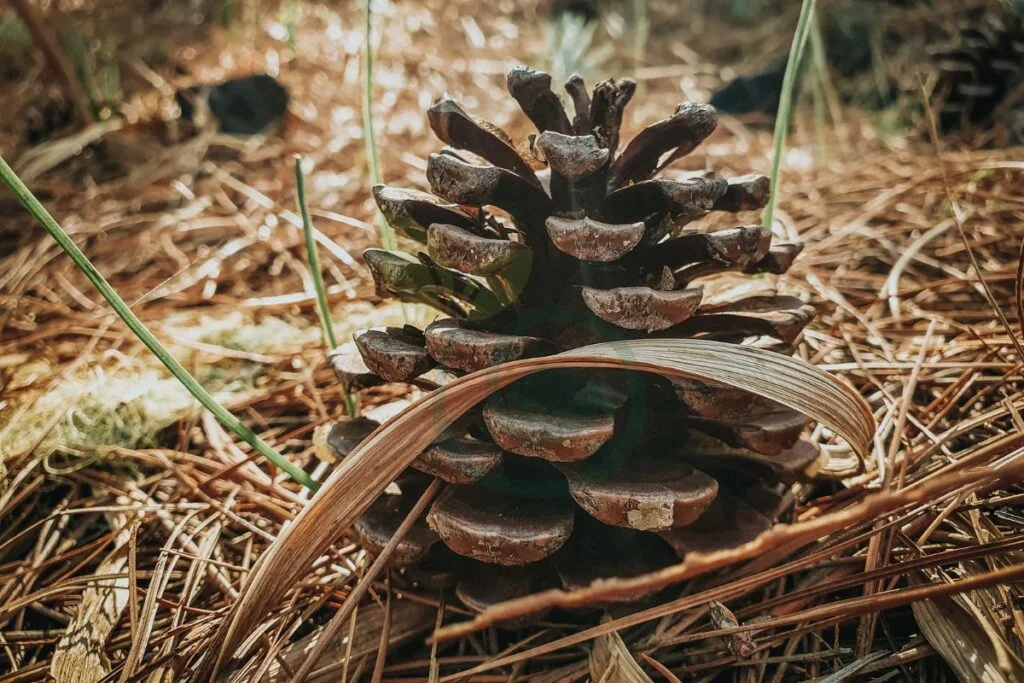
Furthermore, the abundance of different cones in these forests provides essential resources for various wildlife species. Small animals like squirrels rely on pine cones as a food source during winter months when other food may be scarce. Birds also use them as nesting material, contributing to the intricate web of life within coniferous forests.
Natural Balance
The production and decomposition of pine cones play crucial roles in maintaining ecological balance within forests. When matured, the scales of a pine cone open up to release seeds into their surroundings. This process not only ensures the perpetuation of pine tree populations but also enriches soil nutrients through decomposing fallen cones.
As they break down over time, fallen cones contribute organic matter that enhances soil fertility and supports plant diversity within these ecosystems. The resulting nutrient-rich soil promotes the growth of understory plants beneath towering pines or other cone-bearing trees.
Engaging in Pine Cone Science
Educational Projects
Studying pine cones can be a fun and educational experience for students. By conducting pinecone science experiments, students can learn about the various mechanisms through which seeds are dispersed. For example, they can observe how pine cones open and close to release their seeds, helping them understand the reproductive cycle of coniferous trees.
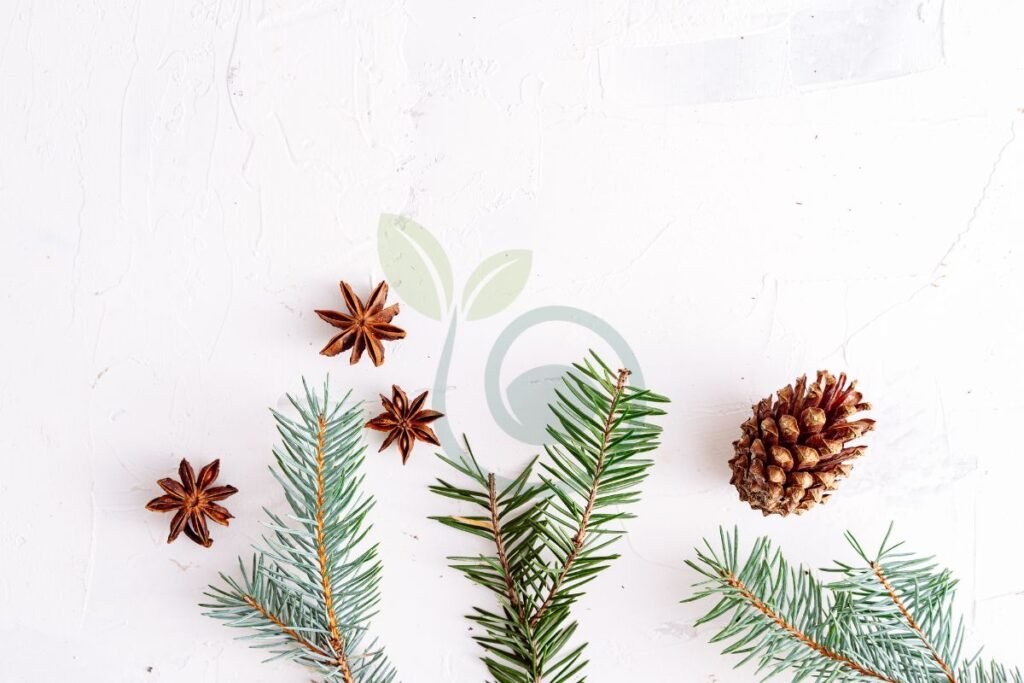
Engaging in educational projects involving different types of cones provides hands-on botanical education opportunities for students. They can compare and contrast the features of pine cones from various tree species, such as size, shape, and texture. This allows them to gain a deeper understanding of the diversity within conifers and appreciate the unique characteristics that enable each species to thrive in its environment.
Furthermore, educational projects centered around conifers foster an understanding of forest ecology among students. Through these activities, they can explore the vital role that trees play in maintaining ecological balance and sustaining diverse ecosystems. Understanding how different types of trees contribute to their surroundings helps instill a sense of environmental stewardship in young learners.
Outdoor Exploration
Outdoor enthusiasts who are curious about tree species can engage in outdoor exploration by studying distinctive pine cones. By learning to identify various tree species based on their characteristic cones, individuals can enhance their knowledge of local flora while enjoying nature walks or hikes through coniferous forests.
Hiking through coniferous forests offers ample opportunities to observe different types of pine cones firsthand. As hikers traverse these natural landscapes, they may come across a variety of cone shapes and sizes depending on the tree species present in each area. This not only enriches their outdoor experiences but also deepens their appreciation for the biodiversity found within forested environments.
Participating in outdoor exploration activities centered around conifers not only encourages nature appreciation but also provides valuable insights into ecosystem dynamics. Observing how different tree species coexist within a habitat enables individuals to grasp the interconnectedness between plant life and other organisms that rely on these trees for sustenance or shelter.
Closing Thoughts
You've delved into the fascinating world of pine cones, uncovering the secrets of coniferous trees and the significance of these natural wonders. From understanding their role in ecosystems to exploring practical uses and engaging in pine cone science, you've gained a deeper appreciation for these seemingly simple yet incredibly complex structures. As you continue your exploration of nature's marvels, remember that even the smallest components, like pine cones, play a vital part in the grand symphony of the natural world.
Take your newfound knowledge and head outdoors to observe the beauty of coniferous trees and their pine cones. Whether it's foraging for pine cones or simply admiring these marvels in their natural habitat, let your curiosity guide you. Embrace the opportunity to connect with nature and appreciate the intricate details that enrich our environment.
Frequently Asked Questions
What are coniferous trees?
Coniferous trees are a type of tree that bears cones and typically have needle-like leaves. They include popular species like pine, spruce, fir, and cedar.
How do pine cones develop?
Pine cones start as small buds on the branches of coniferous trees. Over time, they grow and mature into the familiar woody structures we recognize.
What is the purpose of pine cones?
Pine cones serve as a crucial part of the reproductive cycle for coniferous trees. They protect and disperse seeds while also providing food for various wildlife.
When is pine cone season?
Pine cone season varies by species but generally occurs in late summer to early fall when mature cones drop from the trees.
How can I use pine cones in crafts?
Pine cones can be used in various craft projects such as wreaths, ornaments, and table centerpieces. They add a natural touch to decor and bring a sense of outdoor beauty indoors.
Image Source: Paid image from CANVA

